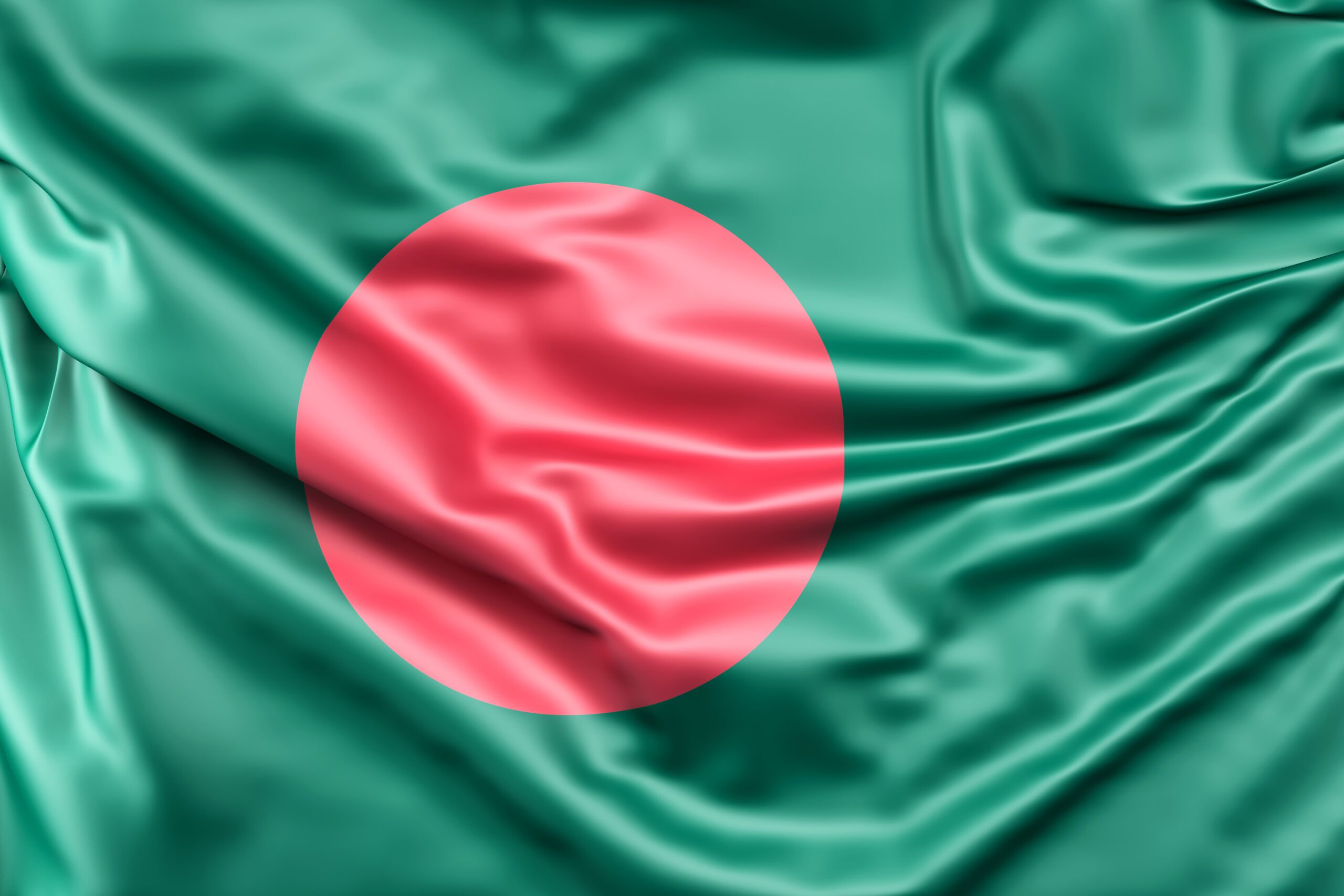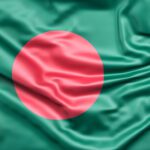Bangladesh, located in South Asia, has a rich and complex history that spans several centuries. Here’s an overview:
Ancient and Medieval Periods
- Early History:
- Vedic Period: Part of ancient Bengal, influenced by Vedic culture and later by Buddhism and Jainism.
- Maurya and Gupta Empires: Integrated into larger Indian empires, including the Maurya (4th-2nd century BCE) and Gupta (4th-6th century CE) empires.
- Early Medieval Period:
- Pala Empire (8th-12th century): A major Buddhist dynasty that ruled much of Bengal.
- Chandra and Varman Dynasties: Regional powers that emerged post-Pala rule.
- Late Medieval Period:
- Sena Dynasty (11th-12th century): Hindu dynasty that succeeded the Palas.
- Islamic Influence: Began in the 13th century with the arrival of Muslim traders and missionaries, leading to the establishment of the Bengal Sultanate (14th-16th century).
Mughal Period (16th-18th century)
- Mughal Rule: Bengal became a significant province under the Mughal Empire, known for its wealth and production of textiles, particularly muslin.
- Subahdar System: The region was governed by Subahdars (provincial governors) appointed by the Mughal emperor.
Colonial Period (18th-20th century)
- British Rule:
- Battle of Plassey (1757): British East India Company gained control after defeating Nawab Siraj-ud-Daulah.
- Permanent Settlement Act (1793): Introduced by the British, affecting land revenue systems and causing economic and social changes.
- Partition of Bengal (1905-1911):
- First Partition: Bengal was divided into Muslim-majority East Bengal and Hindu-majority West Bengal. The partition was annulled in 1911 due to strong opposition.
- Independence Movement:
- Role in Indian Independence: Bengal was a hotbed of revolutionary activities against British rule, with significant contributions from figures like Subhas Chandra Bose.
- 1947 Partition: At independence, Bengal was divided again; East Bengal became part of Pakistan as East Pakistan.
Post-Independence (1947-present)
- East Pakistan (1947-1971):
- Language Movement (1952): Protests for recognition of Bengali as an official language led to a significant cultural and political movement.
- Political Struggles: Increasing discontent with West Pakistani dominance in politics and economy.
- Bangladesh Liberation War (1971):
- March 1971: Sheikh Mujibur Rahman declared independence.
- War of Independence: A brutal conflict ensued, leading to significant loss of life and displacement. India supported the independence movement.
- December 1971: Bangladesh achieved independence following the surrender of Pakistani forces.
- Monuments in europe

- The Biggest Wars in History: Focus on World Wars & Global Conflicts

- Bangladesh: The Hidden Gem of South Asia

Modern Bangladesh
- Early Years:
- Sheikh Mujibur Rahman: First Prime Minister, later President, focused on reconstruction but faced challenges, including political instability and assassinations.
- Military Rule: Periods of military control under leaders like Ziaur Rahman and Hussain Muhammad Ershad.
- Democratic Era:
- 1991 Onwards: Restoration of parliamentary democracy, with major political parties including the Awami League and Bangladesh Nationalist Party (BNP).
- Economic Growth: Notable progress in economic development, social indicators, and infrastructure.
- Current Scenario:
- Political Landscape: Dominated by the Awami League under Sheikh Hasina and the BNP under Khaleda Zia.
- Challenges and Achievements: Ongoing issues include political volatility, human rights concerns, and environmental challenges, balanced by strides in economic growth, healthcare, and education.
Now political party awami league leader sheikh hasina resigned ,currently their army cheif said that there will be interim goverment .




